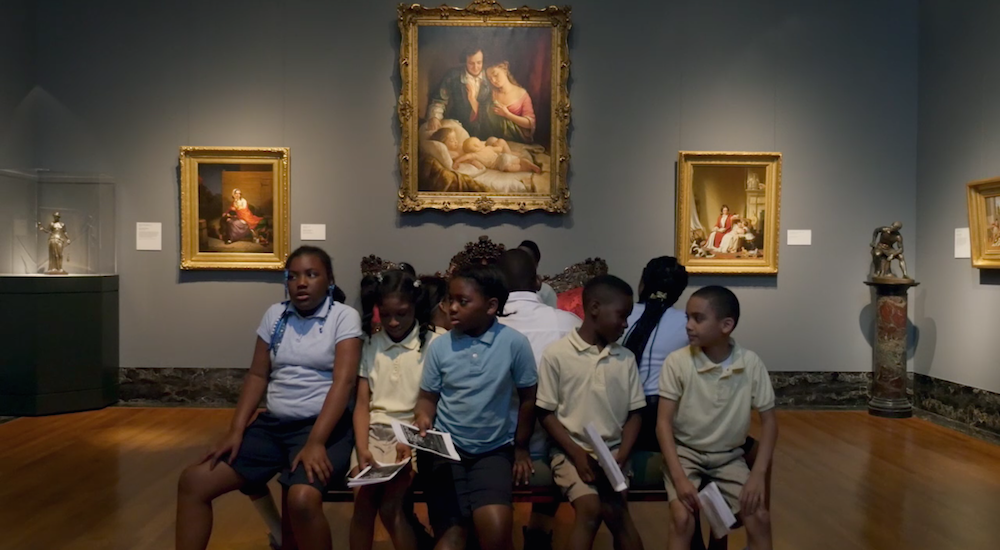When the city of Detroit went bankrupt in 2014, it captivated people across the world. How could a city of such size and prominence wind up filing for bankruptcy? And, more importantly, how the heck would it get itself out? Was it even possible?
Beauty and Ruin takes a closer look at that financial crisis through one specific lens - the Detroit Institute of Art. With the city in financial ruin, its massive and prominent art collection, many pieces bought by the city, came into the crosshairs. Selling some of the pieces could potentially bring in millions to put towards the city’s debt. Beauty and Ruin is a fascinating and captivating documentary that examines all sides of the issue and allows its viewers to come to its own conclusions - a rarity in many documentaries today.
In examining this issue, the filmmakers rightly talk to many different people. There’s the museum director, Graham Beal, a British ex-pat who’s lived in Detroit since the 70s; there’s Kevan Orr, the emergency manager, a true numbers man, brought in by the state to manage Detroit’s finances; there are the retirees, who are told that they may have to give up more than half of their pensions for the city to rebound; and there’s the city itself, a former shining jewel of the nation, on the decline for more than 50 years. Each party has their own agenda and their own priorities, and they each make viable arguments for their case. The museum wants to preserve their collection for the good of the city, as a public resource for schoolchildren and adults. The pensioners want to sell the artwork, tired of ending up with the short end of the stick when they’ve put in decades of work. The emergency manager just wants to get the city back on track, by whatever means necessary.
The case is multi-faceted and incredibly complex. As such, the documentary doesn’t shy away from exploring what’s at the heart of these issues. They explore the history of Detroit, how the city came to flourish, how it came to purchase such masterpieces, and how the city declined into despair. The filmmakers point out Detroit’s long-held racial tensions, about how these pensioners are mostly black while the museum’s patrons are mostly white. How the price of art has skyrocketed to absurd levels over the past decade, mostly thanks to buyers in China and the Middle East buying them for status symbols (even though Detroit’s elite originally bought the works themselves as status symbols for the city.) All the contradictions and complexities leave your head spinning.
In the end, a compromise is reached with the help of museum donors and foundations, and no artwork is sold. Pensioners still have to take a hit on their pensions. Forebodingly, the last card mentions that just a few years later, Detroit is already facing more debt in their pension fund. Beauty and Ruin takes on a complicated issues and fairly explores all sides, while pointing out that this battle is far from over. It’s a fascinating, beautiful and fair documentary we don’t see nearly enough of these days.

